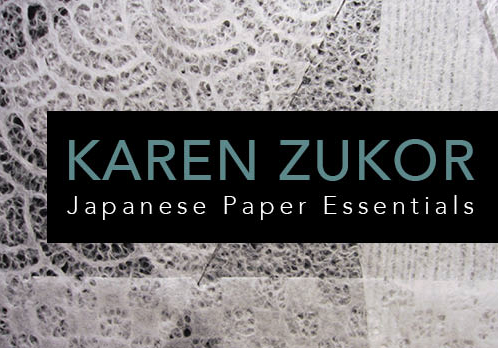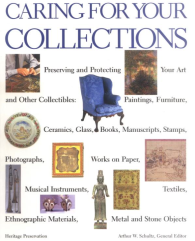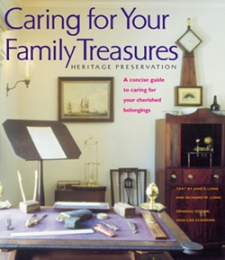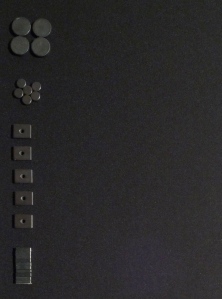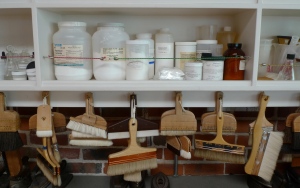Regularly here at ZAC, we’ll get calls inquiring about whether or not we can work on a piece that’s been drawn, printed, or painted on ‘rice paper.’ Since this is almost never true, we thought it’d be a good idea to write a post uncovering the myth of rice paper in the fine arts.
Japanese papers are commonly referred to as ‘rice papers’, a term that is both incorrect and misleading. Papers from Asia and Japan in particular are not made from rice at all, but from plant fibers formed into sheets. The Japanese have traditionally made paper from three different plants – KOZO, GAMPI and MITSUMATA. These plants all are characterized by long, strong fibers that impart the distinctive characteristics Japanese papers are known for – thinness, flexibility and strength. They have been used historically for art, calligraphy printing, collage, bookbinding and screens. More contemporary applications have included lighting and architecture.
KOZO derives from a variety of mulberry plants; the majority of handmade papers from Japan are made of kozo.
MITSUMATA has the shortest fibers of the three plants used in papermaking and produces a soft dense paper that is warm in color. The shrub is indigenous to Japan.
GAMPI is the rarest of the three trees used for papermaking and one not easily cultivated; it mostly grows wild. Gampi papers are made from the inner bark of the gampi bush and the finished sheets are known for their sheen and transparency. Gampi papers are excellent for printmaking, especially chine colleé.
There is a material which is also sometimes referred to as ‘rice paper’ because is comes from the inner core of the Tetrapanax papyriferum (rice paper tree). It is a non-fibrous, pith-like material cut from the inner core of the tree and split into thin layers which when dried can be written or painted on. It therefore is not manufactured in the same way as sheets of paper are but is a surface that is used as a writing material.
In conservation, Japanese paper is celebrated for its inconspicuousness and strength. At ZAC, we use it every day to treat and mend tears, and as a support for lining fragile works on paper. There are, of course, plenty of more beautiful applications of this material.
Next: a post dedicated to artists and craftspeople using paper in their practice.
